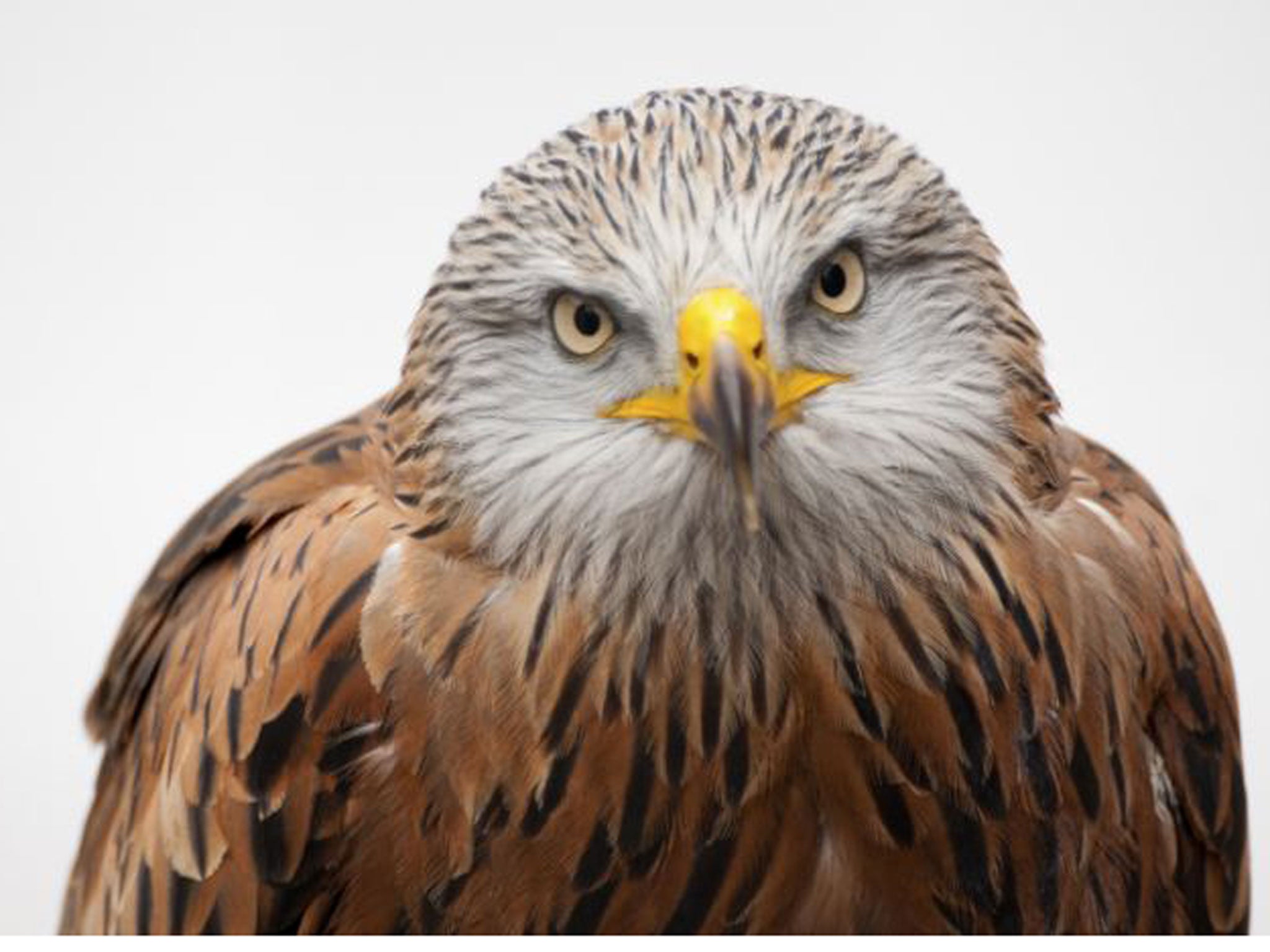Head for Mid-Wales for high-flying animal magic
Wildlife weekend

Your support helps us to tell the story
From reproductive rights to climate change to Big Tech, The Independent is on the ground when the story is developing. Whether it's investigating the financials of Elon Musk's pro-Trump PAC or producing our latest documentary, 'The A Word', which shines a light on the American women fighting for reproductive rights, we know how important it is to parse out the facts from the messaging.
At such a critical moment in US history, we need reporters on the ground. Your donation allows us to keep sending journalists to speak to both sides of the story.
The Independent is trusted by Americans across the entire political spectrum. And unlike many other quality news outlets, we choose not to lock Americans out of our reporting and analysis with paywalls. We believe quality journalism should be available to everyone, paid for by those who can afford it.
Your support makes all the difference.Mid Wales sparkles with semi-concealed jewels. One gem is Gilfach, a reserve-cum-working farm secluded in the Marteg Valley just north of Rhayader. Its inhabitants are splendid: crystal-clear streams host two fantastic fish and the sessile oak shelters a trio of beautiful songbirds that epitomise the wildlife of the valleys.
Gilfach excels for leisurely exploration. Three trails connect a habitat mosaic: traditional hay meadows littered with anthills, bracken-covered slopes and birch-flanked river. Start early and make for woodland near the river. Amid the oaks, the flicker of a flame-red tail draws attention to your first of the avian triumvirate: the common redstart. A vocal shiver marks out a wood warbler, glistening ivory and primrose. And, concealed in a carefully positioned hide, you might watch a male pied flycatcher returning to its nest box.
Peer into the river itself for the fish duo: brook lamprey and bullhead. Primitive vertebrates, eel-like lampreys forsake jaws for a round sucker-like mouth lined with sharp teeth. The bullhead's name refers to its wide, flattened head.
Elsewhere in the reserve, unusual ferns include moonwort and adder's-tongue, plus parsley fern in higher, rockier areas. Overhead you should see red kite, common buzzard and raven.
To round off the day, two options stand out. First, Nannerth Farm has a treetop hide sited above a badger sett: watch the occupants emerge at dusk. Alternatively, bats frequent the lake in Llandrindod Wells at dusk on warm evenings. Daubenton's bat seizes insects over the water, with common noctule and pipistrelles.
With all the fish about, Wales unsurprisingly attracts piscivorous predators. The most recent recruit is your major quarry on day two: osprey. In 2007, conservationists erected an artificial osprey nest-platform at the boggy Cors Dyfi reserve. A succession of ospreys have subsequently taken up residence, culminating in successful breeding in 2011. End the weekend 50 minutes east at RSPB Lake Vyrnwy, exploring more woodland, wild water and hills via a quintet of trails and hides. Dipper and grey wagtail use the pool below the lake dam; goosander and great crested grebe breed on the lake; and kites and buzzards cruise lazily around.
This is an edited extract from '52 Wildlife Weekends' by James Lowen, published by Bradt. IoS readers can buy a copy for just £7.79 (inc UK p&p) by visiting bradtguides.com and using the discount code 52WW. Offer valid until 31 January 2015
Join our commenting forum
Join thought-provoking conversations, follow other Independent readers and see their replies
Comments